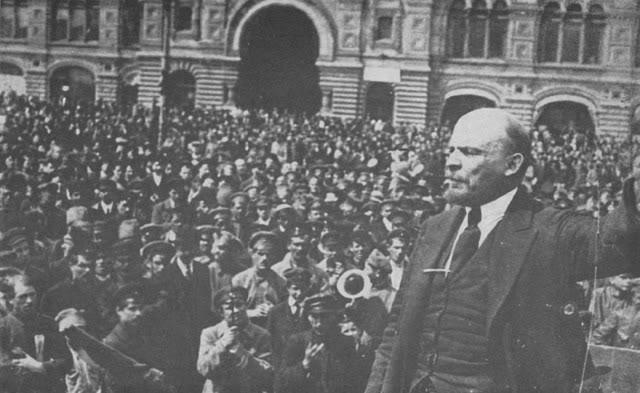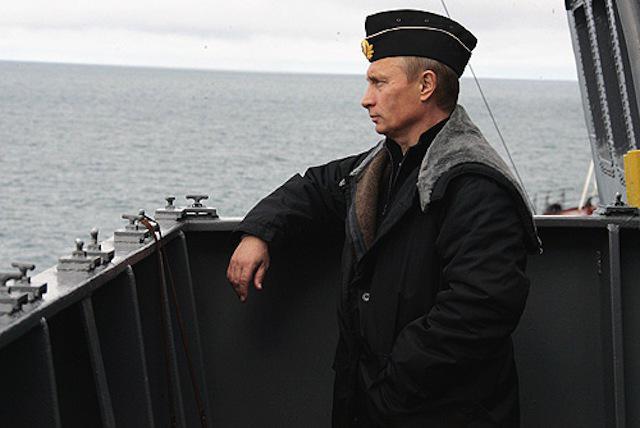In science, one of the debatable issues is the relationship between such concepts as statehood, the state, and state power. Comparing the last two terms, Korelsky and Perevalova note that these institutions form a complex unity. At the same time, they can be approached from different perspectives to solve the problem.
Existing approaches
If we understand the state as an organizational and political social form, then state power will be its most important sign. If we consider it as a special apparatus (mechanism) for the exercise of authority, then the concepts are correlated as form and content. The first will be the state, the second, respectively, power. Moreover, the nature of the latter determines the specifics of the form. For example, in a democratic environment, the state and the bodies formed by it serve society. Thus, socially-oriented goals and functions will be brought to the forefront in activity. Under conditions of totalitarianism, the dominant position is held by coercive means of exercising power. At the same time, punitive bodies come to the fore, and powers belong to certain people. Through the state apparatus, they pursue their interests and will, imposing them on citizens.
Nuances
As studies show, despite the certain proximity of the categories of state power and state, the impossibility of their separate existence, these concepts are different. Without one there is no other, just as the second cannot exist without the first. At the same time, the government determines the goals, functions, tasks that will be performed by the authorities, sets the terms of reference and the legal boundaries of the activity. According to Pr. Protasov, genetically, power is the primary link. This is due to the fact that it is the need of society at a particular historical stage in a mechanism that can manage a fundamentally new state of social structure, and is a prerequisite for the emergence of the state. It acts as a carrier of power. It is a force, which is the basis on which powers are exercised.
Statehood
This concept is often identified with the categories discussed above. However, most often it is used in a larger and broader sense. Understanding of this institution is not limited solely to government agencies. Moreover, in legal science there is no clear definition of it.
Opinions of researchers
Analyzing the factors that influence the formation of statehood, Bachilo characterizes it as a form of expression of an imperious, organized will of people to create and provide adequate methods of social life and joint activity within certain boundaries of the population, a particular territory, in the framework of observing the sovereignty of one's own and others peoples. The ambiguity of the position when considering the concept is noted by Vengerov. The author indicates that the functional characteristics of the institution of the state make it possible to study not only a device of a particular type, but also the statehood of the people.
Works of Vedeneev
The subject of this scientist is Russian statehood. In his works, he does not reduce the understanding of the institution solely to the organizational and political structure. Moreover, Vedeneev is not trying to clarify the concept of " statehood." In his works, the scientist analyzes the processes of its creation. At the same time, exploring the formation of statehood , he differentiates the power system. First of all, he identifies the organizational mechanism, the socio-political, economic, spiritual integrity of the whole structure. He analyzes the conditions and processes that arise in the transition not just to a new system of power, but to a qualitatively new system of social relations of all kinds.
Characteristic
According to Vedeneev, the emergence of statehood is associated with the passage of several phases by society. Analyzing them, the scientist considers not only political processes, but also the phenomena that accompany them, and in some cases factors of a social, economic and other nature that prevail at a particular stage. For example, he explores the liberalization of the economic complex, which affected the conditions of life and the very existence of key layers and groups of the population of the country. In a similar way, the study of market and situational factors that can turn the development of statehood in a different direction, often leading to national, political, social conflicts. Vedeneev describes the process of creating a new device. He points out that statehood is an institution that arises in the process of global transformation of the country's civilizational foundations. These author does not limit her to political transformations and the reorganization of the system of power.

Specificity
Statehood is a fairly broad concept. It includes many components. One of them is the state. It is connected with the concept of power, but it does not come down either to it, or to the organs and structures that implement it. Given various points of view, a general definition can be deduced. Statehood is a complex set of structures, institutions, elements of public authority, non-political components related to the identity of spiritual, moral, social, economic and other living conditions and activities of a particular people or the unification of nationalities at a particular historical stage.
Signs
Statehood is seen in the form of properties, state of society at a certain historical stage. It expresses the qualitative characteristics of the institutions and elements that make up a certain feature and the main content of society. Not only the government, its organs, but also other institutions, including those that do not have a political character, influence the state of society and the structure of relations within it. For example, this is informational, spiritual, economic systems, international situation. Statehood is thus a complex concept. It reflects the quality state of a politically organized society. This characteristic makes it possible to objectively and comprehensively cover the trends and stages of the historical formation of statehood. It allows you to identify the institutional sustainability of key patterns and processes, to predict the subsequent movement. In addition, it provides an opportunity to develop a unified approach to understanding national statehood.

National Spiritual Nature
It is considered an integral element of statehood. The institute under consideration has a national-cultural orientation, since it reflects the spiritual and other social values accumulated by the people. As such, national statehood has a number of typological features consistent with the ethnocultural uniqueness of the country. In turn, this circumstance requires justification of the concept of organizational and legal transformation, taking into account the national identity of the territory. Ignoring or forgetting the spiritual and cultural aspects can lead to the wrong choice of means and ways of reforming society, disorganizing the life of the population.
Historical element
Statehood characterizes the state of society at a certain stage of development. As Tikhomirov rightly notes, the indicators of change are not only a change in the organizational structure, power, regime, and other institutions. The author points out that the methods, values, relations of political associations, procedures and so on are changing.
Statehood of the CBD
In the Soviet period, only the Union republics had sovereignty. Autonomous entities like Kabardino-Balkaria, in particular, did not have such a status. The situation changed in 1991. It is worth saying that as early as the beginning of the 90s, the work of power structures, national and socio-political associations of Kabardino-Balkaria was aimed at acquiring a new status, eliminating the hierarchy of the administrative-territorial division. The beginning of this process was laid at the end of January 1991. During this period, the Supreme Council of the KBASSR adopted the Declaration of Sovereignty, and the official Day of Statehood was approved on September 1. At the end of 1993, the Constitution of the USSR was abolished, discussion of the new Basic Law of the Russian Federation began. It proclaimed the equality of all entities within the country. On December 12, 1993, the CBD Parliament was elected. It included 2 chambers. The parliament began to develop legislation governing the foundations of the state system of the Republic. At the same time, drastic changes have occurred in the political system. First of all, the structure of the CIS was eliminated. July 21, 1994 was adopted attributes of statehood of the CBD. It was established by laws on the flag, coat of arms, anthem.

Conclusion
Pre-revolutionary researchers paid a lot of attention to the history of the monarchy and its representatives. The development of public administration was identified with the formation of the ruling dynasty. Karamzin and a number of other scholars took a monarchical approach. Along with this, some researchers tried to consider the history of power institutions, analyzing political and socio-economic phenomena, as well as the structure of governing bodies. Over time, approaches to researching problems have changed. Modern scientists are trying to analyze statehood not only through the prism of political events, but also taking into account other important processes. At the same time, the specifics of the national structure and the spiritual worldview of the people are taken into account.